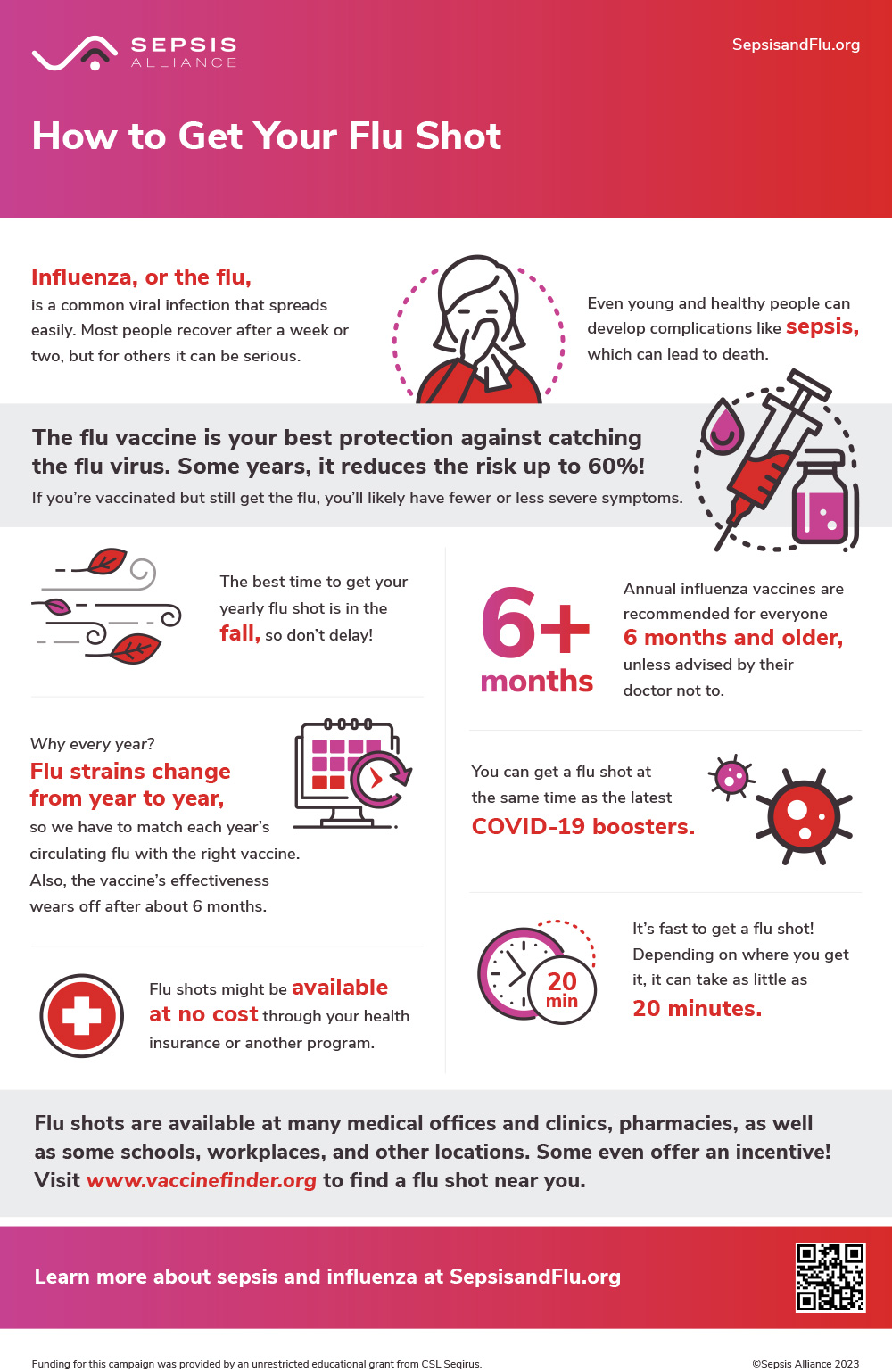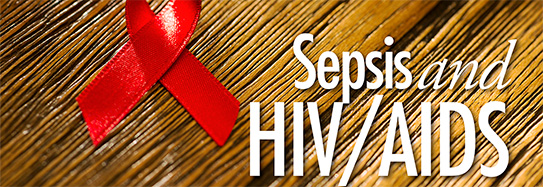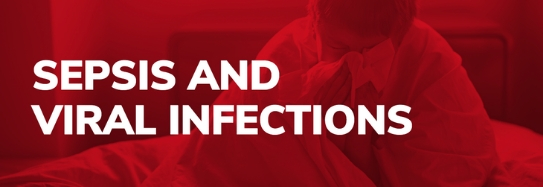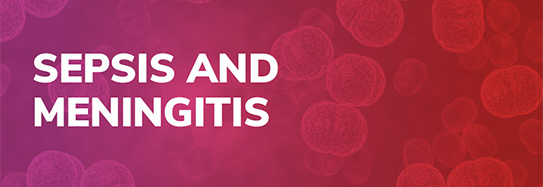A virus is a tiny agent (germ) that lives inside living cells, or host cells. Viruses need living cells to replicate or reproduce. There are thousands of viruses, some more common than others. For example, the common cold and the flu are viruses, but so are COVID-19, Ebola and HIV. Viral infections that may be minor in healthy individuals can be quite severe for people who have a weakened immune system. Almost any virus can lead to sepsis.
Sepsis is a life-threatening emergency that happens when your body’s response to an infection damages vital organs and, often, causes death. Like strokes or heart attacks, sepsis is a medical emergency that requires rapid diagnosis and treatment.
Suggested Citation:
Sepsis Alliance. Sepsis and Viral Infections. 2024. https://www.sepsis.org/sepsisand/viral-infections/
Updated June 18, 2024.













































